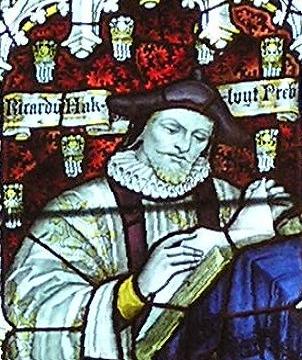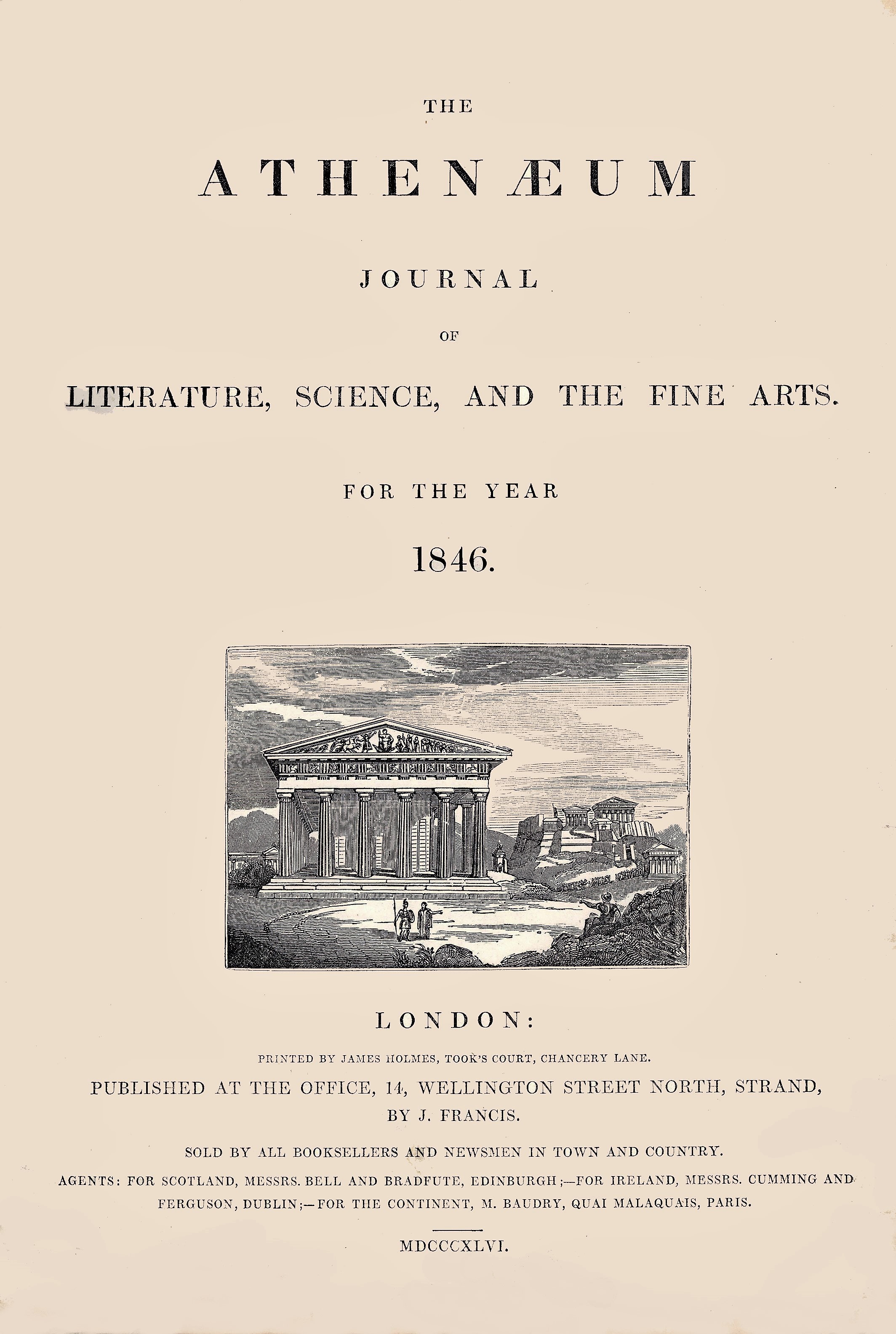|
Charles Henry Coote
Charles Henry Coote (1840–1899) was a librarian at the British Museum. He obtained during his long service of 41 years in the Museum such an intimate acquaintance with the details of old maps that he became of the first authorities on the subject. In 1878 he published in the New Shakspere Society's ''Transactions'' a paper on "Shakspere's New Map in Twelfth Night". In 1886, with E. Delmar Morgan, he prepared for the Hakluyt Society ''Early Voyages to Russia and Persia''; in 1888 he edited, with an introduction and bibliography, ''A Reproduction of Johann Schöner's Globe of 1523''; in 1894 he published, with prologue and notes, ''The Voyage from Lisbon to India, 1505-6, by Albericus Vespuccius''; and in 1894-95 he supplied the explanatory text to F. Muller and Co.'s reproductions of ''Remarkable Maps of the Fifteenth, Sixteenth, and Seventeenth Centuries.'' He also wrote the introduction to the Earl of Crawford's ''Autotype Facsimiles of Three Mappemondes''. C. H. Coote contribut ... [...More Info...] [...Related Items...] OR: [Wikipedia] [Google] [Baidu] |
British Museum
The British Museum is a public museum dedicated to human history, art and culture located in the Bloomsbury area of London. Its permanent collection of eight million works is among the largest and most comprehensive in existence. It documents the story of human culture from its beginnings to the present.Among the national museums in London, sculpture and decorative and applied art are in the Victoria and Albert Museum; the British Museum houses earlier art, non-Western art, prints and drawings. The National Gallery holds the national collection of Western European art to about 1900, while art of the 20th century on is at Tate Modern. Tate Britain holds British Art from 1500 onwards. Books, manuscripts and many works on paper are in the British Library. There are significant overlaps between the coverage of the various collections. The British Museum was the first public national museum to cover all fields of knowledge. The museum was established in 1753, largely b ... [...More Info...] [...Related Items...] OR: [Wikipedia] [Google] [Baidu] |
New Shakspere Society
The New Shakspere Society was founded in autumn 1873 by Frederick James Furnivall in order "to do honor to Shakspere, to make out the succession of his plays, and thereby the growth of his mind and art; to promote the intelligent study of him, and to print Texts illustrating his works and times..." Furnivall deliberately used an archaic spelling of Shakespeare's name in order to distinguish his Society from the earlier Shakespeare Society (1840–1853) organized by John Payne Collier. History Its first official meeting was held on 13 March 1874 at University College London, and by the next year membership had reached 500 members. Members included prominent names of the day such as Eleanor Marx,Gabriel, Mary. ''Love and Capital'': Karl and Jenny Marx. New York: Little Brown. 2011. p467 George Bernard Shaw, James Halliwell-Phillipps, Richard Green Moulton, and Edward Dowden. In its early years, it hosted public paper discussions and published both ''Proceedings'' and ''Transaction ... [...More Info...] [...Related Items...] OR: [Wikipedia] [Google] [Baidu] |
Edward Delmar Morgan
Edward Delmar Morgan (19 April 1840 – 18 May 1909) was an English explorer, translator and author. Life He was born in Stratford, Essex, on 19 April 1840 to Edward John Morgan and Mary Anne Parland. He attended Eton College from 1854 to 1857. After that, he lived in St. Petersburg with his parents and learned to speak Russian at that point. He went on to use his fluency in English and Russian to become a translator. On 25 September 1873, he was married to Bertha Jardine and had seven children with her – four sons and three daughters. In his later years, his home was in Copthorne, Sussex, which is where he was buried after his death on 18 May 1909. Morgan also travelled in his adult years. In 1872, he traveled in Persia in the company of Sir John Underwood Bateman-Champain (one of the directors of the Indo-European Telegraph Company), and visited Kulja and the surrounding area. He later made expeditions to the Ukraine, as he was familiar with the language and literature. In 188 ... [...More Info...] [...Related Items...] OR: [Wikipedia] [Google] [Baidu] |
Hakluyt Society
The Hakluyt Society is a text publication society, founded in 1846 and based in London, England, which publishes scholarly editions of primary records of historic voyages, travels and other geographical material. In addition to its publishing role, the Society organises and participates in meetings, symposia and conferences relating to the history of geographical exploration and cultural encounter. It is a registered charity and a non-profitmaking institution administered by a voluntary team of council members and officers. Membership is open to all with an interest in its aims. The Society is named after Richard Hakluyt (1552–1616), a collector and editor of narratives of voyages and travels and other documents relating to English interests overseas. Foundation The Society was created at a meeting convened in the London Library, St James's Square, on 15 December 1846. Under the chairmanship of the geologist Sir Roderick Murchison, it established an eight-man steering group ... [...More Info...] [...Related Items...] OR: [Wikipedia] [Google] [Baidu] |
Encyclopædia Britannica
The (Latin for "British Encyclopædia") is a general knowledge English-language encyclopaedia. It is published by Encyclopædia Britannica, Inc.; the company has existed since the 18th century, although it has changed ownership various times through the centuries. The encyclopaedia is maintained by about 100 full-time editors and more than 4,000 contributors. The 2010 version of the 15th edition, which spans 32 volumes and 32,640 pages, was the last printed edition. Since 2016, it has been published exclusively as an online encyclopaedia. Printed for 244 years, the ''Britannica'' was the longest running in-print encyclopaedia in the English language. It was first published between 1768 and 1771 in the Scottish capital of Edinburgh, as three volumes. The encyclopaedia grew in size: the second edition was 10 volumes, and by its fourth edition (1801–1810) it had expanded to 20 volumes. Its rising stature as a scholarly work helped recruit eminent con ... [...More Info...] [...Related Items...] OR: [Wikipedia] [Google] [Baidu] |
Dictionary Of National Biography
The ''Dictionary of National Biography'' (''DNB'') is a standard work of reference on notable figures from British history, published since 1885. The updated ''Oxford Dictionary of National Biography'' (''ODNB'') was published on 23 September 2004 in 60 volumes and online, with 50,113 biographical articles covering 54,922 lives. First series Hoping to emulate national biographical collections published elsewhere in Europe, such as the ''Allgemeine Deutsche Biographie'' (1875), in 1882 the publisher George Smith (1824–1901), of Smith, Elder & Co., planned a universal dictionary that would include biographical entries on individuals from world history. He approached Leslie Stephen, then editor of the ''Cornhill Magazine'', owned by Smith, to become the editor. Stephen persuaded Smith that the work should focus only on subjects from the United Kingdom and its present and former colonies. An early working title was the ''Biographia Britannica'', the name of an earlier eighteen ... [...More Info...] [...Related Items...] OR: [Wikipedia] [Google] [Baidu] |
Athenaeum (British Magazine)
The ''Athenæum'' was a British literary magazine published in London, England, from 1828 to 1921. Foundation Initiated in 1828 by James Silk Buckingham, it was sold within a few weeks to Frederick Denison Maurice, Frederick Maurice and John Sterling (author), John Sterling, who failed to make it profitable. In 1829, Charles Wentworth Dilke (Dilke the Elder), Charles Wentworth Dilke became part proprietor and editor; he greatly extended the influence of the magazine. In 1846, he resigned the editorship and assumed that of the ''Daily News (London), Daily News'' of London, but contributed a series of notable articles to the ''Athenaeum''. The poet and critic Thomas Kibble Hervey succeeded Dilke as editor and served from 1846 until his resignation due to ill health in 1853. Historian and traveller William Hepworth Dixon succeeded Hervey in 1853, and remained editor until 1869. Contributors George Darley was a staff critic during the early years, and Gerald Massey contributed many l ... [...More Info...] [...Related Items...] OR: [Wikipedia] [Google] [Baidu] |
The Times/1899/Obituary/Charles Henry Coote
''The'' () is a grammatical article in English, denoting persons or things that are already or about to be mentioned, under discussion, implied or otherwise presumed familiar to listeners, readers, or speakers. It is the definite article in English. ''The'' is the most frequently used word in the English language; studies and analyses of texts have found it to account for seven percent of all printed English-language words. It is derived from gendered articles in Old English which combined in Middle English and now has a single form used with nouns of any gender. The word can be used with both singular and plural nouns, and with a noun that starts with any letter. This is different from many other languages, which have different forms of the definite article for different genders or numbers. Pronunciation In most dialects, "the" is pronounced as (with the voiced dental fricative followed by a schwa) when followed by a consonant sound, and as (homophone of the archaic pr ... [...More Info...] [...Related Items...] OR: [Wikipedia] [Google] [Baidu] |
1840 Births
__NOTOC__ Year 184 ( CLXXXIV) was a leap year starting on Wednesday (link will display the full calendar) of the Julian calendar. At the time, it was known as the Year of the Consulship of Eggius and Aelianus (or, less frequently, year 937 ''Ab urbe condita''). The denomination 184 for this year has been used since the early medieval period, when the Anno Domini calendar era became the prevalent method in Europe for naming years. Events By place China * The Yellow Turban Rebellion and Liang Province Rebellion break out in China. * The Disasters of the Partisan Prohibitions ends. * Zhang Jue leads the peasant revolt against Emperor Ling of Han of the Eastern Han Dynasty. Heading for the capital of Luoyang, his massive and undisciplined army (360,000 men), burns and destroys government offices and outposts. * June – Ling of Han places his brother-in-law, He Jin, in command of the imperial army and sends them to attack the Yellow Turban rebels. * Winter – Zha ... [...More Info...] [...Related Items...] OR: [Wikipedia] [Google] [Baidu] |
1899 Deaths
Events January 1899 * January 1 ** Spanish rule ends in Cuba, concluding 400 years of the Spanish Empire in the Americas. ** Queens and Staten Island become administratively part of New York City. * January 2 – ** Bolivia sets up a customs office in Puerto Alonso, leading to the Brazilian settlers there to declare the Republic of Acre in a revolt against Bolivian authorities. **The first part of the Jakarta Kota–Anyer Kidul railway on the island of Java is opened between Batavia Zuid ( Jakarta Kota) and Tangerang. * January 3 – Hungarian Prime Minister Dezső Bánffy fights an inconclusive duel with his bitter enemy in parliament, Horánszky Nándor. * January 4 – **U.S. President William McKinley's declaration of December 21, 1898, proclaiming a policy of benevolent assimilation of the Philippines as a United States territory, is announced in Manila by the U.S. commander, General Elwell Otis, and angers independence activists who had fought agai ... [...More Info...] [...Related Items...] OR: [Wikipedia] [Google] [Baidu] |




.png)
